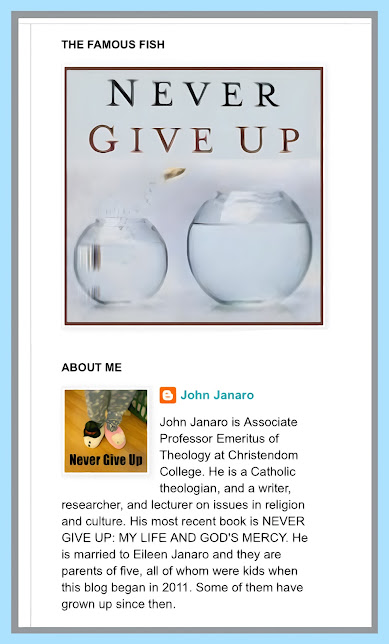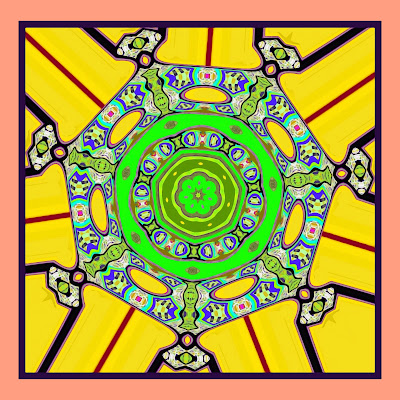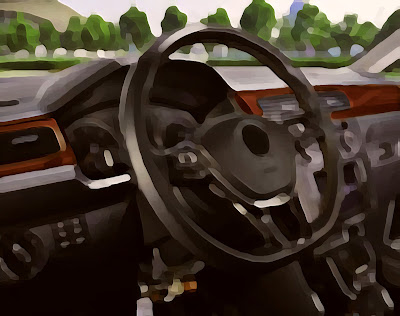This was a bigger deal than it sounds like. It was quite an achievement for me in the (it sometimes seems) increasingly limited realm of external physical things I’m able to do without help.I drove the car on a Saturday afternoon. By myself.
For many decades I drove all sorts of cars on long trips and short trips, logging thousands and thousands of miles all over North America. Even after I began to get sick 20 years ago, I still did plenty of driving. As my stamina flagged, however, Eileen took over more of the longer trips (e.g. driving to my parents’ place an hour or so away). But I ran errands around town, and was able to pick up kids and drop off kids.
I drove regularly until around 2015. It took a toll on me, and I didn’t like it much, but then again I never liked driving much (with the exception of a couple of old manual transmission cars I owned back in the late 1980s, which were actually fun to drive). I did like being able to go places when I wanted to.
A decade ago, it was simple. We had two cars and two drivers in the house. We had the Toyota minivan and then we had “Dad’s car.” The other five members of the household were kids. They needed rides, not cars. But when the kids got bigger, it ironically got more complicated.
Eileen always needed a car to get back and forth from the John XXIII Montessori Center, and at first the kids were going to school there, and then to nearby Chelsea Academy or John XXIII’s adolescent program (White Oaks School). But then the kids started getting driver’s licenses and jobs and became university students. So far they’ve all attended “the local university” (i.e. Christendom College, which is only ten minutes away from our house).
We actually acquired more vehicles. We sometimes had as many as four cars. Second-hand, junky cars. But they worked. They were acquired in various, sometimes peculiar, ways. Teresa bought her own four-wheel-drive ATV, but she was working with horses: buying them, training them, selling them, working at stables, holding summer horse-riding camps, sometimes hauling horse-trailers around. So she had her own vehicle. With John Paul, Agnese, and Lucia, things were sometimes “chaotic” during the period when they were all at Christendom. There was a point when there were more siblings at the university than there were cars, and they had to endure the immense challenge of “sharing” —uh, huh, that was not fun for anyone.
But those “sharing” situations didn’t last very long, as I recall. Eventually Lucia got something even better than a car—namely, a boyfriend… who eventually became a husband. So everybody had “wheels,” except for me! Well, technically “we, the parents” had “our car”—a four door Toyota Camry (actually, several Camrys since 2006, in different colors; the engines in those things never die, but eventually some other part of the car wears out, and it’s more economical to just replace the whole car). But over time (and for obvious reasons) “the parents’ car” was rebranded as “Mom’s car.”
After all, I’m not going anywhere, unless it’s with her. When I go out by myself, I walk. That can be hard some days too, but at least the exercise is good, and I can go at my own pace. Otherwise, I “travel” virtually for nearly all my research needs, and to purchase any odd things I might need. It’s just as well, because most days there are no cars in our driveway.
The actual number of vehicles around here has decreased. John Paul graduated, got a job, got his own car (a much nicer car than anything I ever had), got married, and moved across town. Agnese graduated, got a job, and took her car down the road to the house she shares with some friends. Lucia graduated, got married, sold her car, and moved to New Jersey where Mike’s family lives.
Suddenly, our driveway no longer looks like a used car lot (or a salvage yard). We’re back to two vehicles: Teresa’s (and she’s not here very often) and “Mom’s car,” which is coming and going all the time.
This is my predicament: even if I wanted to go somewhere, I don’t have a car. I am a 60-year-old man in a rural town in the United States of America, and I don’t have a car.It hasn’t bothered me, however, because driving—like everything else—has become an increasingly exhausting activity. My health is still more or less “stable” (on low power) but it also seems to be slowly declining. It requires more energy to do less, especially from the neck down. I haven’t given up yet, though. Recent years, however, have been weird.
I had decreased my driving to the occasional bookstore, library trip, or visit to a nature spot. Any more just took too much energy and then I would be in danger of getting over-stressed, which is not a safe condition in which to drive. (Actually, I have always been a terrible driver — either philosophically abstracted and not paying attention to the road, or else obsessive, irritated, anxious, mistake-prone: I have written about my utter folly behind the wheel elsewhere on the Blog — see HERE and HERE, which tell an interesting tale of God bringing a wonderfully greater good out of my … uggh… facepalm 🤦♂️… almost getting myself killed: it’s a very good story, ultimately, thank God. Check out those links.)
So—to return to the more recent story—I hadn’t driven more than a handful of times in 2017, 2018, 2019… [you know what’s coming up].
2020: the Pandemic arrives. I don’t know if I have quite recovered from the surreal-ness of that whole time. I actually did lots of walking in 2020 and felt quite well, ironically (better that I do now). But nobody was driving anywhere, it seemed, in 2020-2021ish-2022ish(?). There are many ways to consider the Pandemic, not only as an obvious medical crisis (a very real one, that tragically took the lives of some members of our parish community), but also as a socially disorienting event in various ways. In the U.S.A., of course, it was also turned into a political brawl and a media frenzy. And then, suddenly—it seemed—the crisis passed, and everybody went back to acting as if it never happened. Places and events opened up and people started partying twice as hard as ever. Daily Covid statistics seemed to vanish from the News.
It should be said that part of this was due to a “success story.” Immunity and (relative) domestication of the disease through the collaborative efforts of the medical community in vaccine development, plus(?) the virus playing out some natural cycle in the human population seemed to reduce the worst dangers of the disease.(?) [It’s not over yet: China bungled things since Day One and we still don’t know what’s going on over there.]
But something else suddenly intervened to turn everyone’s thoughts in another direction. In media, politics, and—sadly—in reality too, a new danger rose up and stole the spotlight away from the Pandemic. The plague of COVID-19 seemed to give way to another plague—“contained” for now to a particular place, where it wreaks murderous havoc, but in danger of metastasizing into a global toxic nightmare—a plague of the mind, (at least, it begins in the mind); a virus born in the minds of Kremlin imperialists that is “infecting” the bodies of their targets, but also endangering the diverse minds of those who surround it, who might become inflamed with their own opportunism, manipulation, and greed, and move in directions beyond anything we can imagine. The world seemed united in the fight against COVID-19. How will the world be shaken and burned by the poison of PUTIN-22?

Have we learned anything, as human beings, from these traumatic years? I fear we may need to be reminded again and again, in perhaps different ways — but there’s hope in that, because we are not the masters of reality; we live this profound need for something we cannot give ourselves (even if most of the time we distract ourselves from our own radical dependence and indigence). Events that “remind us” of who we really are can be scary, but ultimately what’s more scary is the possibility that we might forget who we are.
This blog post started out as whimsical reflection about me driving “my” car for the first time in three years. Let me return to that story. Last Saturday, John Paul and Eileen had gone shopping in Winchester (and, good son that he is, he drove). Meanwhile, I had it on my mind to take care of something in town… and there was the car. “Mom’s car.” In the driveway. Not being used. So I found my car keys, and—with some small trepidation—got in and started the car. It felt fine. It felt normal. I drove in the town and returned without incident.
I might just do it again soon. It seems my driving days may not be completely over.
So how did this story get so “heavy”? Well, life is “all one piece,” and I have never been able to ignore that. I am not the master of my own reality. This used to cause me a lot more anxiety, but I’m learning that I grow by responding to the reality that is given to me, whether it’s driving a car or living through the transforming dynamics of home and family life or my own illness or a global pandemic or the suffering, the rage, the injustice, and the ominous unpredictability of war.
“Baby [I] can drive my car!”🎶 Ha, I need a car that I can use more often. Jojo will probably get a car before I do. She’ll need it more than me, before long. I just ask to be able to be wherever I need to be today, every day.



























